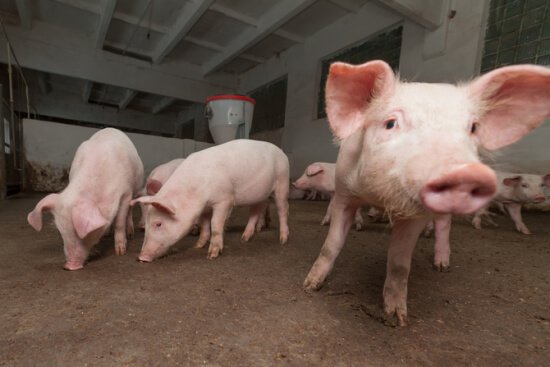Different Kinds of Pig Feed
The Ultimate Pig Feed Guide: What to Feed Your Pigs Pigs are amazing creatures. They are smart, gay and noisy animals that could certainly make your day! If you think pigs would go with anything you give them, you're right. They are are single-stomached,omnivorous organisms. Meaning, they have to be fed twice or thrice a day in order not to go hungry. And, they eat almost all kinds of things-but again, it doesn't mean you can give them just anything edible on sight. Pigs love to eat, as they've always had. So feeding shouldn't be a problem in itself. Choosing what to feed is the challenge. If you own one or is planning to venture into pig farming, you must familiarize yourself on their diet. Food is essential for your growing piggies, so this is a large investment on your part. It is your responsibility to pick what they eat and control their meals. Below, is a look at the diet of swines and what you can give to boost their growth and health. What can they eat? Swines need a good mixture of food containing fiber, protein, vitamins and minerals. You can get these from a variety of food sources. Firstly, make sure that you always have a clean trough of water. Pigs love it, not only for drinking- but for soaking their pouty faces too. For any food you serve, make sure that it is gone after 20-30 minutes, and given at least twice a day. Commercial feeds - - Commercial pig feeds are generally more expensive, because every pellet is jampacked with minerals needed by each wiggling body. Depending on a pig's age, the feed varies in amount. For every month of age, a corresponding 450g of feed is given each day. The maximum amount is 2.75kg a day. Generally, commercial feeds are subdivided into three. Creep feeds: Also called starter rations, these commercial feed are for weaners aged from 5 -15 weeks. Starter rations utilize various nutrient sources (carbohydrate, lactose) to aid the growth of your weaners (a crucial point in pig-life) while keeping the feed easily digestible. After that, they graduate into Growing Rations and finally the Finisher Rations. Corn or soybean- - Pigs need a lot of energy to keep on doing their activities- tramping their troughs, wallowing in mud and keeping themselves looking cute. So, farmers incorporate soybeans, corn or dried whey in their their pigs' diets. These are very sources for sugar and protein, specifically lysine. Be careful though [...]



